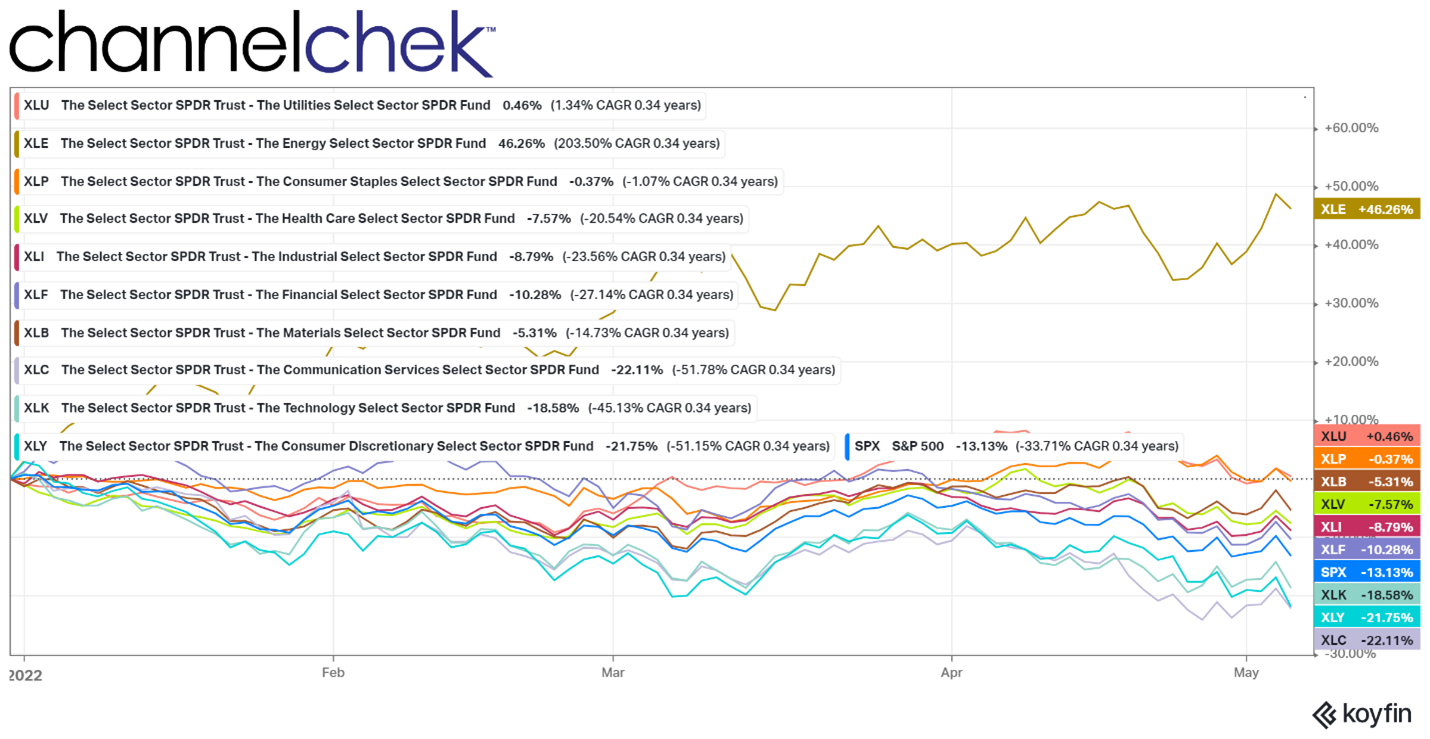Image Credit: LM (Flickr)
Winners and Losers in a Market Capitulation
Capitulation can occur on an individual level, but the term is typically used when so many market participants are giving up on their holdings that the stock market moves down as if a bottom has fallen out. The setup for capitulation is in place well in advance of the hours, days, or months that these market events happen. And unlike black swan events which are almost always surprises, market capitulation is characterized by a build-up, and then a release.
It’s also characterized by many investors questioning themselves for holding for so long and potentially letting a profit turn into a loss.
|
Capitulate Definition
– to surrender often after negotiation of terms -to cease resisting: ACQUIESCE |
Praying to the Gods of Breakeven
Market capitulation starts after the market has been strong and has rewarded risk-takers. Then stocks seem to be facing headwinds and average investor fears grow. But not by so much that they don’t keep assets in the market. At some point, while they are holding, and prices continue to decline, greed is overtaken taken by fear. That is to say, fear that their positions will never go back up. This fear is then accompanied by hope.
When all hope is lost, investors face what they believe to be reality and finally hit the sell button. They’re often so tired of the painful days that led them to that moment that they don’t care what the fill price is. This causes the market fall to accelerate, then masses holding positions on margin are also forced to sell. These margin calls help feed the accelerated market decline.
Later, like most financial market behavior, when the last person is done selling, there is only one direction the market can head. Up. While it may go sideways for a while, as recently as last year the market indexes hit all-time highs, this after many market capitulations that came before 2021. So up would seem to be the market’s natural long-term direction.
Seeing it Coming
Markets can come down much faster than they climb back up. So taking some risk off the table while the probability of a painful sell-off is increasing, is one way to spare yourself from the worst. This is tricky as people often “lose” more money in lost opportunity than ever lost permanently in the stock market.
Market players tend to behave in a bear cycle similar to a person playing slots at a casino. The machine takes some money, takes some more money, then occasionally pays. This gives the player hope which convinces them to stay in their seat. Market participants also stay involved because they’re occasionally rewarded and they’d prefer not to miss out on regaining the amount they are down. Investors may also stay involved because they know that out of every single market fall in history, the market has always come back and hit new highs.
Pay attention to the market’s technical signs if they indicate it may not hold up. Did it easily break through a support level? Is there greater volume on down days than up days? How far past its moving average has it declined?
Fundamental signs are also always worth paying attention to. Is joblessness rising, consumer confidence falling, are taxes being raised, or are interest rates causing money to be too tight for businesses to thrive?
If the market you’re involved in is showing either technical signs of weakening or fundamental factors working against it, the risks have increased.
Using it to Your Advantage
Market professionals consider the capitulation phase as reflecting the bottom of the market’s price. If investors could identify when capitulation has taken place and it is exhausted fully, they could buy at the bottom. At the point of full capitulation, there are no sellers left, only buyers and the market’s bubble has burst and is set to reinflate.
Signs of Nearing Stock Capitulation
Since the capitulation phase reflects the bottom of a market’s decline, if investors could identify when capitulation has taken place, it would signal the ideal time to buy. As mentioned before, this is because everyone who wanted to sell the security has already done so, and only buyers are left.
The problem in identifying capitulation is that it is usually only visible in hindsight rather than in foresight.

Source: Koyfin
The one year chart above shows a slow march downward for 2022 for all S&P sectors except for oil (XLE) and utilities (XLU). No sector appears to have had the bottom fall out, and there are still investors whose positions are sitting well above what they paid for them. Newer positions however may now be at a loss. The longer the downward slide continues, the more likely individuals will give up hope and margin account holders will be called to sell their positions. This increases the likelihood of a short but sharp downward search for the bottom.
So far the 2022 move downward has been orderly and on a percentage basis not huge, but it is a real reminder that stocks go both up and down. It seemingly doesn’t show that capitulation is imminent or that it has already occurred.
Fundamentally the outlook for stocks is not one of disaster as labor markets are tight, and there is still a large amount of money in the system that the Federal Reserve has not begun to mop up yet. Also, company earnings are mixed to strong.
Crypto-Capitulation
Capitulation that occurs in cryptocurrency markets is often stronger than in equity markets. For example, Bitcoin had a precipitous drop starting on May 2, 2021 when it fell from $57,300. to $29,800. by July 17, 2021. This 40% drop was partially attributed to negative news coming out of China about Bitcoin mining. Capitulation is often more prevalent in speculative assets.
Bottom Line
If seeing the onset of capitulation and knowing when it is exhausted was easy, we’d all be rich. Since that isn’t the case, we can act prudently in a few different ways. Hedging one’s position using the futures market when they feel risk is increasing is one way. This can be effective both while holding a position as the market seems to be gaining downside momentum, or when the investor believes they have found the bottom but would like to protect any new investment.
It is important to remember that the overall indexes have always grown and reached new highs as the economy continues to expand.
Managing Editor, Channelchek
Suggested Content
 When Was the Shortest Recession in Your Lifetime?
|
 Black Swans, Falling Knives, and Market Corrections (March 2020)
|
 Food Costs, Empty Shelves, and Real Estate Prices Could Provide Investors With Opportunities
|
 Many Reasons to Remain Bullish on the Energy Sector
|
Stay up to date. Follow us:

|

